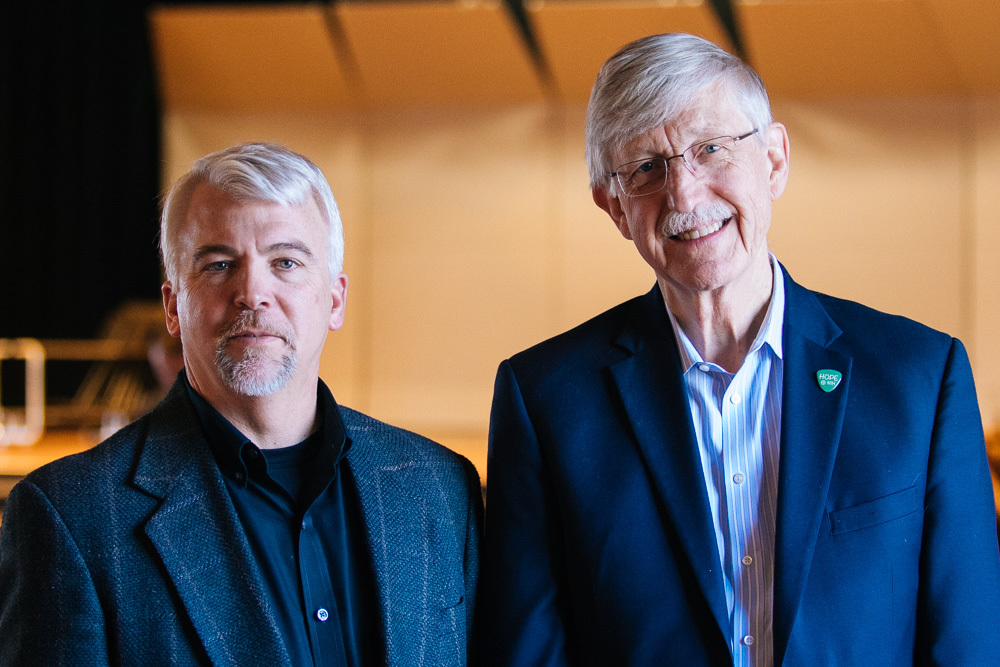
Thus, for the group of patients with PD-L1 TPS 1–49%, combination chemotherapy with ICB would be optimal when medically appropriate and available. Given this finding, patients with a significant disease burden or symptoms may experience early disease progression on ICB alone and not be fit enough to receive subsequent chemotherapy, raising concern about the overall benefit of frontline ICB monotherapy in this setting. Furthermore, this finding appears to be more pronounced in the PDL1 1–49% cohort. In particular, the early crossover of the Kaplan Myer curve suggests patients receiving pembrolizumab monotherapy may be at risk for early disease progression compared to chemotherapy. However, it does highlight that caution should be used with pembrolizumab monotherapy when needing an effective early response to treatment. There is no clear explanation for the difference between trials, even among the subset with PD-L1 ≥50%.
Keynote 042 free#
This is in contrast to Keynote 24 where there was a progression free survival benefit with PD-L1 ≥50%. Nonetheless, when considering the toxicity profile advantage of pembrolizumab monotherapy, it is reasonable to consider pembrolizumab monotherapy as an option over chemotherapy alone in the frontline setting for any patients with a PD-L1 TPS ≥1%.ĭespite overall survival benefit seen in Keynote 42, there is no statistically significant progression free survival advantage with pembrolizumab monotherapy across the PD-L1 TPS subgroups. Given data supporting the benefit of ICB following progression on frontline chemotherapy ( 1, 2) this does limit the relevance of the standard comparison arm in Keynote 42 (although this was not yet the standard of care when the protocol was written in 2014).

However, since only 20% of patients randomized to initial chemotherapy received subsequent ICB, in some respects, this study tests whether ICB followed by chemotherapy is superior to chemotherapy alone. 12.1 months), although the study was not powered for superiority or non-inferiority for the TPS 1–49% subset. An exploratory analysis showed that the overall survival in the TPS 1–49% group treated with pembrolizumab appears similar but not superior to chemotherapy (13.4 vs. However, the results for Keynote 42 should be viewed with caution for tumors with TPS 1–49% as the superiority of pembrolizumab compared to chemotherapy for all patients with PD-L1 TPS ≥1% was likely driven by the subset of patients with PD-L1 TPS ≥50%. Keynote 42 also confirms the results of Keynote 24 with superior efficacy and less toxicity for pembrolizumab compared to chemotherapy for NSCLC with TPS ≥50%.
Keynote 042 trial#
Keynote 42 is a pivotal phase III trial that established pembrolizumab monotherapy as a front-line therapeutic option for any non-small cell lung cancer with a TPS PDL-1 score ≥1%. The toxicity profile was significantly better with pembrolizumab compared to chemotherapy, with grade 3 or higher adverse events occurring in 18% vs. Only 20% of patients in the chemotherapy arm received immune checkpoint blockade at time of progression while many patients receiving initial pembrolizumab therapy would have access to second-line chemotherapy. Importantly, the trial did not allow cross over to pembrolizumab as part of the protocol. The median overall survival among patients who received pembrolizumab monotherapy for tumors with TPS ≥50%, ≥20% and ≥1% was 20, 17.7 and 16.7 months with hazard ratios of 0.69, 0.77 and 0.81 respectively compared to chemotherapy. In the primary outcome, the trial showed superiority of single agent pembrolizumab over chemotherapy across all PD-L1 positive TPS subgroups. This was an open label, randomized international trial in 32 countries involving 1,274 patients. platinum doublet chemotherapy in patients with previously untreated metastatic or locally advanced squamous or non-squamous NSCLC and a PD-L1 TPS of ≥1% ( 4).

report the second interim analysis of Keynote 42 which evaluated the use of pembrolizumab monotherapy vs. However, questions remain regarding the benefit of immune checkpoint blockade in comparison to chemotherapy for patients whose tumors have a low or intermediate PD-L1 TPS (1–49%). In the frontline treatment setting, Keynote 24 showed the superiority of pembrolizumab over chemotherapy in a highly selected group of patients with a PD-L1 TPS score greater than or equal to 50% ( 3).

However, only a portion of patients will receive benefit from ICB and the PD-L1 tumor proportion score (TPS) has emerged as a biomarker that predicts clinical benefit ( 2). Immune therapy with PD-L1 checkpoint blockade (ICB) has changed the landscape of treatment for NSCLC ( 1).


 0 kommentar(er)
0 kommentar(er)
